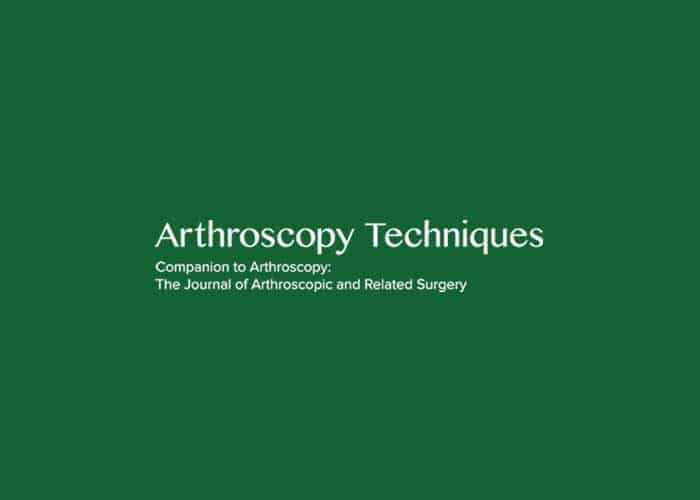
Authors:
Peter J. Millett, M.D., M.Sc., Burak Altintas, M.D., Frank Martetschläger, M.D., Erik M. Fritz, M.D., Travis C. Burns, M.D., & Nicole L. Anderson, B.A.
Abstract:
Surgical exposure of the glenoid after previous coracoid process transfer is technically challenging as a result of distorted anatomy, obliterated soft-tissue planes, and adhesive scar tissue, which poses additional risk to adjacent neurovascular structures. The purpose of this article is to present a technique for glenoid exposure following coracoid transfer that involves tenotomy of the conjoint tendon to minimize the risk for neurovascular injury while leaving the well-healedcoracoid bone graft in place.
For the complete study: Conjoint Tendon Tenotomy for Glenoid Exposure in the Setting of Previous Coracoid Transfer
